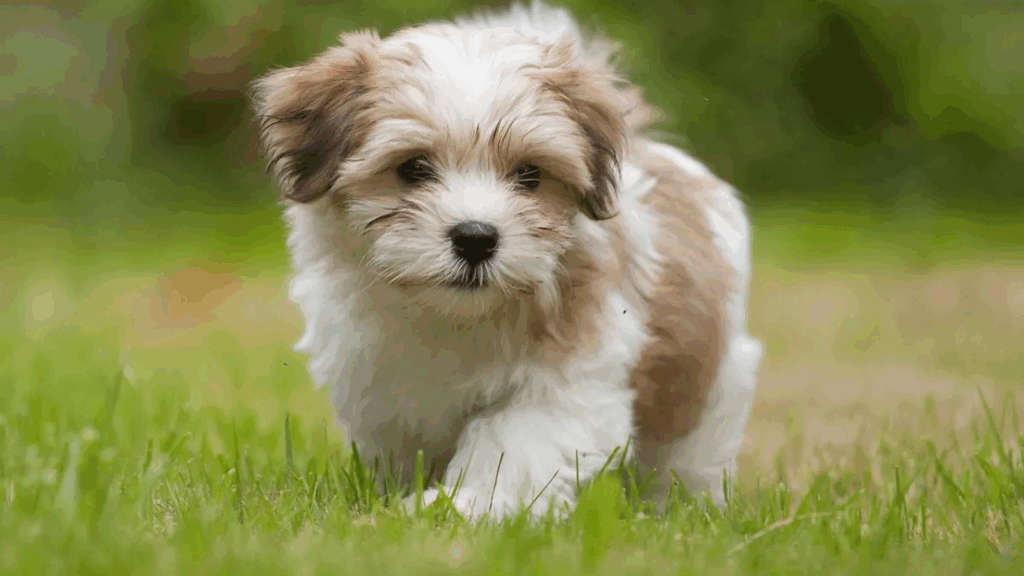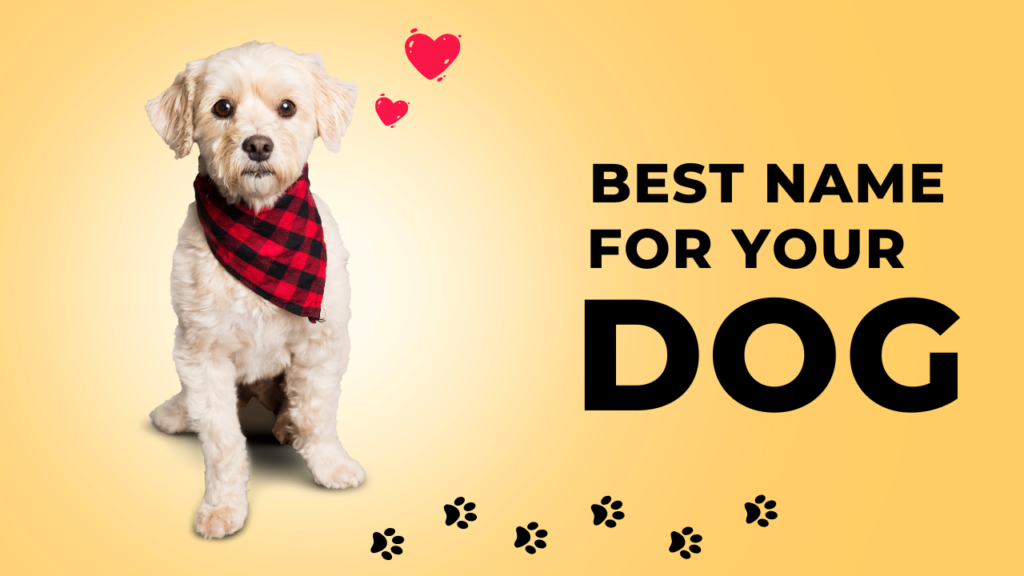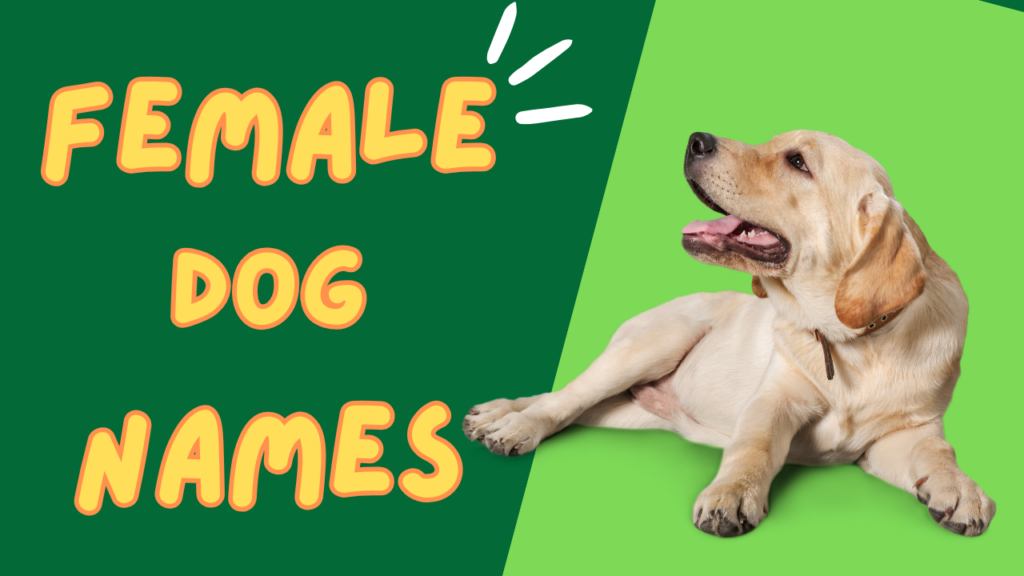The Havanese, often referred to as the “Velcro dog” for its affectionate nature and close bond with its family, is a delightful toy breed known for its cheerful demeanor, silky coat, and adaptable personality. As the national dog of Cuba, the Havanese has captured hearts around the world with its playful antics, intelligence, and warm companionship. Ideal for families, seniors, and city dwellers alike, this breed combines elegance with a fun-loving spirit.
Origins and History
The Havanese has a rich and fascinating history rooted in the warm climate of Cuba. Its ancestors are believed to have arrived in Cuba with Spanish settlers and traders during the 16th century. These small companion dogs were likely bred from Bichon-type dogs brought from Europe, including the Bichon Frise and the Maltese.
Over generations, the breed adapted to the tropical environment and the Cuban way of life, eventually becoming a favorite among Cuban aristocracy. During the Cuban Revolution, many families who fled to the United States brought their beloved Havanese with them, helping to preserve and popularize the breed abroad. Today, the Havanese enjoys a growing popularity as a loving and adaptable companion.
Appearance and Physical Traits
The Havanese is a small, sturdy dog with a distinctively soft and profuse coat. It stands between 8.5 to 11.5 inches (22 to 29 cm) tall and weighs 7 to 13 pounds (3 to 6 kg).
One of the breed’s most striking features is its luxurious, long, silky coat, which comes in a wide variety of colors including white, cream, gold, black, silver, chocolate, and combinations thereof. Despite its elegance, the coat is practical—it offers protection from heat and is surprisingly lightweight.
Other signature traits include:
- A plumed tail carried over the back
- Expressive, dark almond-shaped eyes
- A lively, springy gait that adds to their charming presence
Temperament and Personality
The Havanese is beloved for its happy, affectionate, and social nature. These dogs thrive on human companionship and form close bonds with their families. They are gentle, patient, and often get along wonderfully with children, other dogs, and even cats.
Their eager-to-please attitude and natural friendliness make them excellent family pets and therapy dogs. The Havanese is rarely aggressive and is more likely to greet strangers with curiosity rather than suspicion. While they do bark to alert their owners of new people or noises, they are not known to be excessive barkers when well-socialized.
Because they dislike being left alone for long periods, Havanese do best in homes where they receive ample attention. Their nickname, the “Velcro dog,” is well-earned—they love to follow their people from room to room.
Trainability and Intelligence
The Havanese is a highly intelligent and trainable breed. They respond well to positive reinforcement methods like treats, praise, and play. Their sharp minds and eagerness to please make them quick learners in obedience training, tricks, and even agility.
Early training and socialization are important to ensure a confident and well-mannered adult dog. Havanese are naturally curious, so mental stimulation is as important as physical activity.
They can also be sensitive, so harsh corrections should be avoided. With kindness, consistency, and a bit of fun, the Havanese will flourish in any training setting.
Exercise and Living Needs
Despite their energetic spirit, Havanese are relatively low-maintenance in terms of exercise. Daily walks, indoor play, and interactive games will keep them mentally and physically stimulated. They are very adaptable and can thrive in apartments or large homes, as long as they get enough engagement and attention.
Because of their sociable temperament, they enjoy dog parks and outings where they can interact with people and other animals. They should not be kept outdoors for long periods, as they are highly people-oriented and prefer being close to their family.
Grooming and Care
The Havanese’s coat is beautiful but does require regular grooming to stay healthy and mat-free. Daily or every-other-day brushing is recommended, especially if the coat is kept long. Many owners opt for a “puppy cut,” which keeps the coat short and easier to manage.
Bathing should be done as needed, and regular trimming of nails, cleaning of ears, and dental care should be part of their routine. While the breed doesn’t shed much, loose hairs often get caught in the coat, which can form mats if not brushed.
Health and Lifespan
The Havanese is a relatively healthy breed, with a life expectancy of 14 to 16 years. Responsible breeders test for genetic conditions and work to maintain healthy bloodlines.
Potential health concerns include:
- Patellar luxation
- Cataracts and other eye disorders
- Deafness
- Heart conditions
- Allergies
Regular vet check-ups, a balanced diet, and daily activity will go a long way in ensuring a long, happy life for this little dog.
Conclusion
The Havanese is a delightful blend of charm, loyalty, and intelligence. Its affectionate nature and adaptable temperament make it an ideal pet for many households. Whether you’re looking for a lap dog, a family playmate, or a trainable partner for dog sports, the Havanese delivers with style and a wagging tail. With the right care and companionship, this Cuban treasure will bring joy, laughter, and warmth into your life for years to come.

Andy Parker is a dog lover, writer, and senior editor at BarkPicks. With years of experience covering canine health, training, and gear, he helps pet parents make smarter choices for happier, healthier dogs. Andy shares his home (and heart) with two rescue pups, Charlie and Mia.



